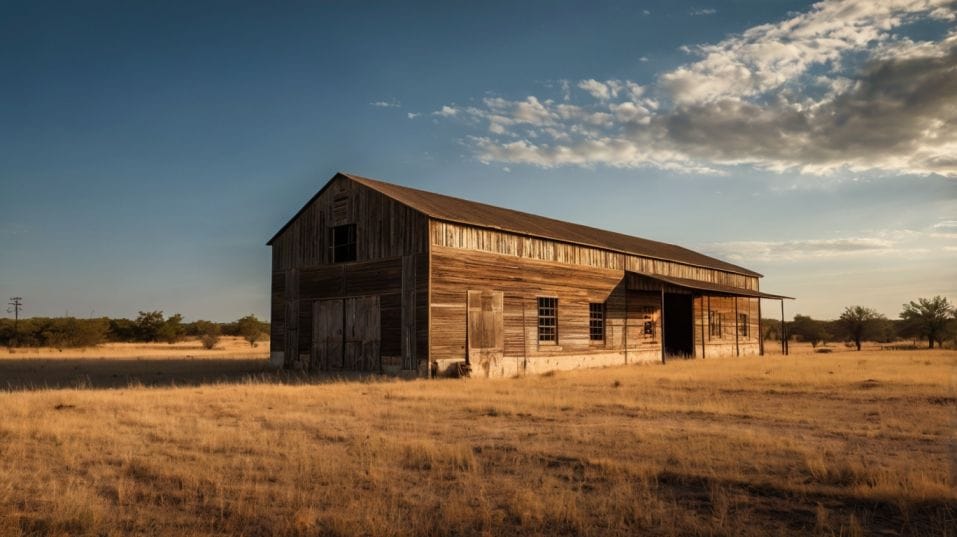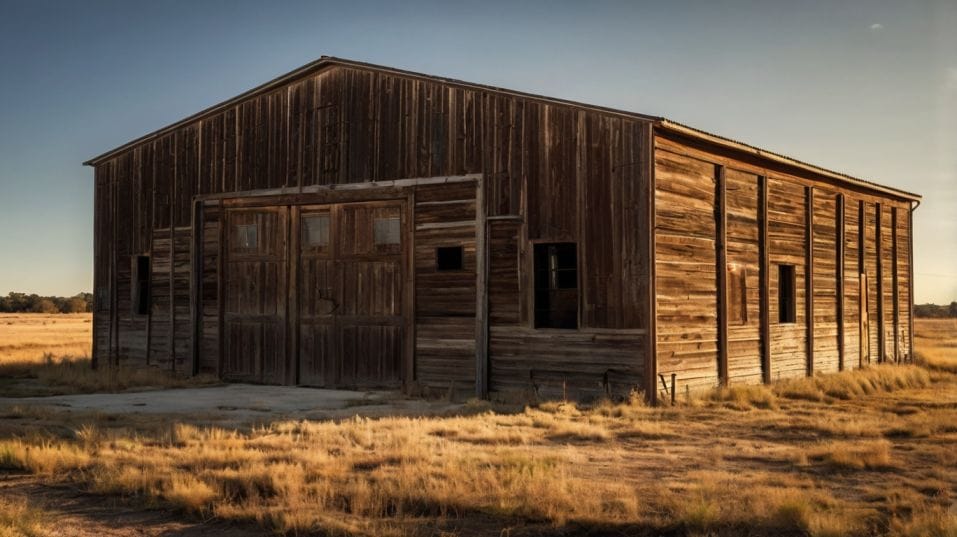Why Climate Matters in Whiskey Aging
Unlock the hidden role of climate in whiskey aging. Learn how weather shapes flavor and master smarter tasting, collecting, and buying.

What if the biggest factor in your whiskey’s flavor wasn’t the grain or the barrel—but the weather? For whiskey lovers just starting their journey, understanding climate is a game-changer. It’s not just where a whiskey is made.
It’s how that place shapes the aging process—and the flavor you taste. Once you grasp how temperature, humidity, and location work together, you won’t just sip whiskey. You’ll start reading it like a seasoned taster.
Whiskey Ages Because It Moves—And Climate Moves It
Let’s cut the romance for a second: whiskey aging is chemistry in motion. Every drop of spirit goes into a barrel as a raw, fire-breathing liquid.
What turns it into something worth drinking—something layered, complex, smooth—is how it interacts with wood over time. That interaction doesn’t happen in a vacuum.
It’s triggered by temperature shifts, seasonal changes, pressure fluctuations, and airflow. In other words: climate.
Wood breathes. It expands in heat, contracts in cold. As this happens, the whiskey inside the barrel is pushed into the charred staves and pulled back out.
Each cycle pulls tannins, sugars, vanillins, spice compounds, and natural color from the wood into the spirit. Without this breathing, you don’t get complexity. You don’t get character. You just get time passing.
In hot climates—think Kentucky summers or Texas heatwaves—those expansion-contraction cycles happen often and aggressively. The whiskey moves more.
It extracts faster. But fast aging comes at a price: more evaporation, sharper wood notes, and a narrower window before the spirit gets too tannic or bitter.
This is why a six-year bourbon from Texas can taste like a 15-year Highland—sometimes even more intense.
In cooler regions—Scotland’s Highlands, Japan’s coastal mountains, or northern Canada—the aging curve is gentler. The whiskey moves slowly, over fewer cycles per year.
This gives the spirit time to evolve more subtly, balancing out the oak influence and preserving more of the distillate’s original flavor.
It’s not better or worse. It’s just different. But if you’re not accounting for climate, you’re misreading the bottle.

Age Isn’t Absolute. It’s Relative to the Weather
Here’s where beginner collectors and drinkers often get blindsided. Two bottles, both labeled as 10 years old, can taste completely different. Why?
Because “10 years” in central Kentucky isn’t the same as “10 years” on Islay. One’s been through ten scorching summers and deep freezes in a tin-roof warehouse. The other’s been rocked gently by ocean winds and mild drizzle.
Aging isn’t a stopwatch. It’s an environment. And once you understand that, you start to taste more intelligently. Instead of asking “How old is this?” you ask:
“Where was it aged? How does that climate express itself in the glass?” Because age tells you how long something sat in a barrel. Climate tells you what happened to it while it was there.
If you’re drinking bourbon, you’ll see this fast. A four-year cask-strength release out of Tennessee can bring wood spice and deep color that would take a Speyside single malt twice as long to develop.
But that same heat can also flatten nuance if the cask isn’t handled right. The takeaway? Don't compare across regions by age alone. Compare based on what the climate allows—or limits.
How Humidity, Altitude, and Airflow Fine-Tune the Outcome
Climate isn’t just temperature. It’s a cocktail of factors that change how whiskey evolves:
Humidity
In dry climates, water evaporates faster than alcohol. This increases proof over time, concentrating both flavor and fire.
In humid climates, alcohol evaporates faster, mellowing the spirit and lowering the ABV. That’s why tropical-aged rums or high-desert bourbons often taste hotter, even at lower ages.
Altitude
Higher elevation means lower atmospheric pressure, which increases evaporation and accelerates aging.
But it also forces the spirit to interact with the barrel differently, leading to intense extraction in fewer years. Think Colorado whiskey or Himalayan single malts—young, but not simple.
Warehouse Design and Airflow
In Kentucky, large rickhouses create massive variation between top and bottom floors. Barrels stored high up in the heat age faster, with more evaporation and oak impact.
Barrels near the floor age slower and stay softer. Smart blenders know how to work with this. So should smart collectors.
When you dig into these variables, you start noticing flavor cues you used to miss. A peppery bourbon that tastes years beyond its age?
Probably stored high in a hot warehouse. A floral malt with surprising balance at eight years old? Likely aged in a damp, cool climate with slow oxidation.
The Climate Signature: Tasting with Place in Mind
Climate doesn’t just change aging speed—it leaves a fingerprint on flavor.
Hot, dry climates often produce whiskey with bold spice, rich caramel, and deep oak. Think cinnamon, vanilla, toasted nuts, charred sugar.
These are flavors of fast extraction and aggressive interaction with the barrel. You’ll find this in places like central Texas, Utah, and parts of Australia.
Cooler maritime climates tend to bring out minerality, salinity, gentle fruit, and light smoke. Here, aging is slower.
The distillate retains more of its core character—especially in peated whiskies or delicate single malts. Look to Islay, coastal Japan, Nova Scotia, or parts of Ireland.
When you taste whiskey through this lens, the “where” becomes part of the flavor—not just the label. You stop thinking in absolutes (older = better) and start tasting with nuance.
You know what makes a Japanese 12-year-old shine differently from a 12-year-old Tennessee straight. That kind of insight puts you ahead of 90% of casual drinkers.
Smarter Collecting: Climate as Your Strategy
This isn’t just about tasting better. It’s about collecting smarter.
Want to build a home bar or a bottle portfolio that actually teaches you something? Start with climate contrast. Pick similar-aged whiskeys from wildly different climates.
A coastal malt, a desert bourbon, a mountain single barrel. Taste them side-by-side. Learn what the environment brings to the glass.
If you're into single barrels or limited-edition releases, climate becomes your cheat code. Some barrels will age beautifully in certain conditions and fall apart in others.
If you know what a region tends to produce—and how it handles oak, heat, or humidity—you can start spotting hidden gems that others overlook.
You don’t need a cellar full of 20-year-olds. You need bottles that earned their age in the right conditions. That’s where quality lives. That’s where flavor comes from. And that’s how you avoid paying top dollar for mediocre juice in a fancy bottle.
Final Thoughts
Climate is the quiet force behind every bottle of whiskey you’ll ever taste. It drives flavor, maturity, and value—often more than mashbill, proof, or even barrel type.
Learn how it works, and you stop guessing. You start reading the bottle like a map. You start collecting with purpose. You start tasting like a pro.
So here’s what to do next: pick two bottles aged in different climates. Sip them back-to-back. Pay attention. Ask what the weather did to the wood, and what the wood did to the whiskey.
Then take that insight with you. Use it the next time you’re buying, tasting, or recommending something. Build your palate one climate at a time.
Because once you know how climate shapes whiskey, you’re not just drinking. You’re decoding it.




